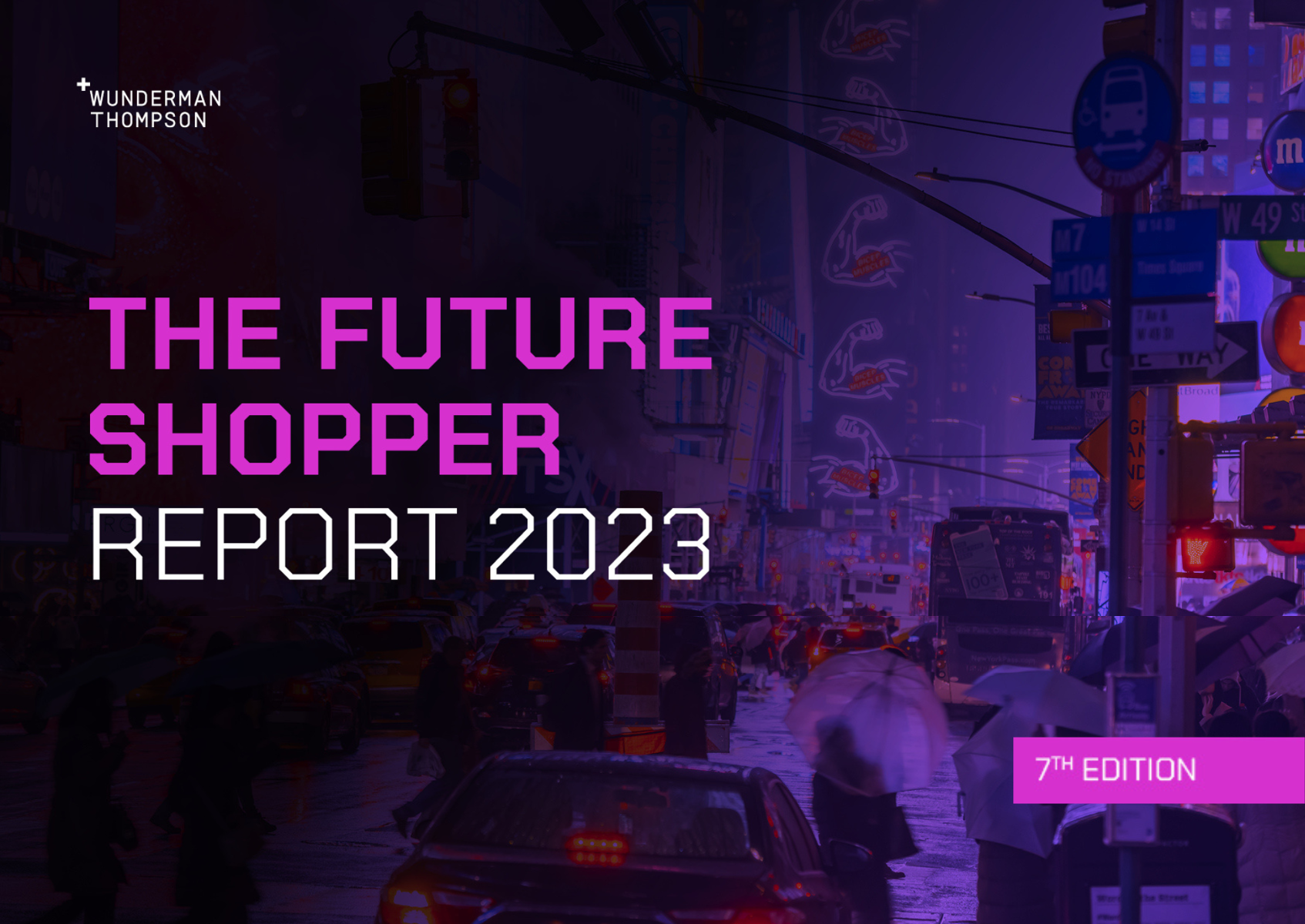Half of the money we spend online."The Future Shopper" report for the first time with findings from Poland.

The research was conducted for the seventh time on behalf of the global digital agency, Wunderman Thompson Commerce & Technology. - We are sure of one thing - the share of online shopping in overall spending is growing and there is nothing to indicate that the situation is going to change - says Bartosz Kordecki, Business Director of WTC&T branch in Poland - Observing trends, we predict that within 10 years Polish buyers will increase the share of online spending from 52% of the budget to as much as 63%. This will force brands to intensify their activities in the virtual world. Although the right balance is still important.
Why? The reason is simple: more than half of shoppers choose those brands that allow them to shop both online and in-store - ideally with a consistent overall experience. We want, for example, a virtual basket filled at home to be easily fulfilled in a stationary shop, where we have physical contact with the items we buy. Poles are also below average when it comes to the amount of money spent at one time on things bought online. We are willing to spend less than PLN 1,400 - less than half of the more than PLN 3,000 that Germans would spend in this situation.
Work from home, shop from home too
We work from home for an average of 2.77 days per week, and 66% would like to increase this in the future. Not surprisingly, such a change in working life has entailed a shopping revolution. As many as 65% of consumers in and after the pandemic started to shop online more often. Savings from small expenses such as snacks or coffee out on the town are being turned into more gifts for ourselves.
Time spent on inspiration, research and comparing goods is increasing. We are helped in our choice by the opinion of family and friends (37%), and we also get recommendations from our favourite influencers (16%). We trust celebrities much less - a mere 5% of respondents are willing to shop using their opinions.
Price is Queen
We have certain habits, favourite shops and communication channels. We appreciate the social responsibility of brands or the efficiency of transactions. However, price is still the most important purchase criterion (over 56% of responses). The spectre of the economic crisis, rising inflation and a sense of impoverishment is slowly but noticeably diminishing the group of people demanding a pro-ecological attitude from retailers. Instead, there is a demand for fast and free postage - ideally within two days of purchase.
Price also influences where we do our virtual shopping. We look for products from categories such as cars and accessories, technology, household and toys on shopping platforms (Amazon or Polish Allegro), where price competition is greater. Online grocery and pharmacy shopping, on the other hand, will be done in our favourite specific shops. The financial industry should invest in browser positioning. This is the most common search channel for this sector.
Poland untrusting of news
Although 58% of Polish consumers surveyed have shopped on social media before (mainly via Facebook and Instagram), 30% of respondents still do not trust such platforms. The Asian trend of shopping on live, streamed shows has also not caught on in our country. In China, as many as 81% of people use them - in Poland, only 36% of respondents had such experiences. There is a similar distance to payments via cryptocurrencies - only 36% of respondents would like to be able to pay with them more often.
- It is interesting, however, that already half of Poles spend money on computer games," adds Łukasz Mądrzak-Wecke, CTO of WTC&T. "Although so far only a fraction buys directly in the world created in the game, there is potential for development here. Half of the players admit that the appearance in the game is just as important as the one in real life and would like to be able to participate in meetings, events or concerts, for example, also in online reality. This opens up new spaces for marketing and commerce.
The Future Shopper 2023 report shows that the boundary between the virtual and real worlds is becoming increasingly blurred. The pace will depend on advances in technology and providing consumers with convenient and intuitive solutions across multiple platforms. Trends such as buy-after-death, AI-based shopping and the digitalisation of life will gain ground faster than we think. It is worth keeping your hand on the pulse and being ready for the changes the future brings.
More information and predictions can be found in the latest Wunderman Thompson Commerce & Technology report "The Future Shopper Report 2023", available at: https://www.wundermanthompson.com/pl/insight/the-future-shopper-report-2023
See more

Poznań showcasing its prime investment opportunities at EXPO REAL 2025

Poznań titled Investor-Friendly City

Tender for the sale of real estate in Poznań, near Rondo Rataje
